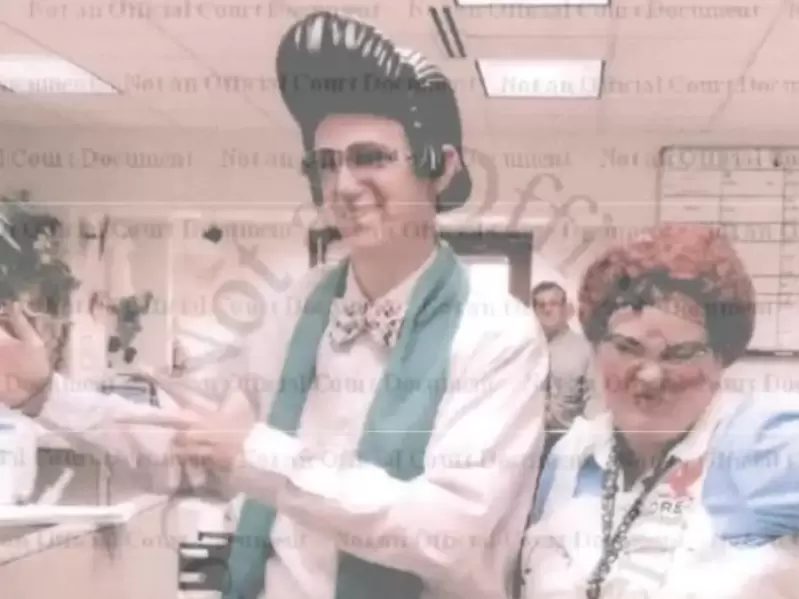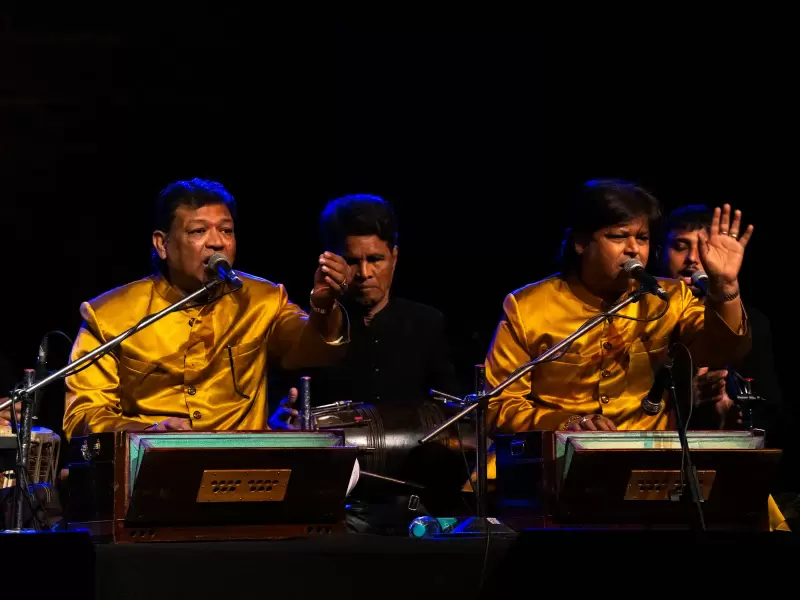Courtroom decorum served with a side of Elvis
Why are some centuries-old robes still considered solemn while an admittedly absurd wig of a 20th-century rock star crosses the line?
 For years, Thornhill apparently greeted Halloween by slipping on a glossy black pompadour and humming his way through the docket. / Complex
For years, Thornhill apparently greeted Halloween by slipping on a glossy black pompadour and humming his way through the docket. / Complex
If you ever needed proof that the law can occasionally loosen its starched collar, look no further than Missouri’s Judge Matthew Thornhill — a man who loved Elvis so sincerely that he decided to bring the King into court. Not metaphorically. Literally. Wig and all.
For years, Thornhill apparently greeted Halloween by slipping on a glossy black pompadour and humming his way through the docket. He would mention Elvis’s birthday, Elvis’s death day, Elvis lyrics, and even ask litigants whether they preferred a soundtrack while being sworn in.
The discipline commission, unsurprisingly, was not all shook up. They pointed out that this “course of conduct” had somewhat interfered with the “dignity appropriate to judicial office,” which is polite legal phrasing for: “Please stop making custody hearings sound like a themed dinner show.” Thornhill has now agreed to resign after nearly two decades on the bench.
But the story does raise a curious question. If an Elvis wig is out of bounds — and it clearly is — what counts as proper judicial decorum today? Who decides? And why are some centuries-old robes still considered solemn while an admittedly absurd wig of a 20th-century rock star crosses the line?
To answer that, one has to take a short walk through the long, colourful, occasionally fur-trimmed history of court dress.
In medieval England, judges wore what everyone else of high status wore to the royal court: heavy robes, hoods, mantles, and enough fur to make a modern environmentalist faint. Violet for winter, green for summer, scarlet for special days. These weren’t costumes; they were respectable fashion. The wigs came later, in the 17th century, when polite society decided that human hair simply wasn’t enough. For a while, you could stroll down a street in London wearing a full-bottomed horsehair apparatus and blend right in.
What kept changing outside the courtroom, however, eventually froze inside it. Society moved on — wigs went out of style everywhere except courtrooms and costume parties — but the judiciary held fast. And so, by the 19th century, judges looked like relics from an earlier century, preserving traditions more faithfully than the societies that created them.
Across the world, the picture varies: American judges in plain black robes, Indian judges with black coats and white bands, Kenyan judges with wigs inherited from colonial rule, many South American judges without robes at all. The common question, increasingly, is not “what is the correct costume?” but “why this costume?”
That’s where the Elvis wig incident becomes unexpectedly useful. It reminds us that dignity in the courtroom doesn’t come from silk, fur, tippets, or even the minimalistic American robe. It comes from the judge — from restraint, seriousness, fairness, and a sense that the person presiding is listening more carefully than performing.
Robes can help create an atmosphere of neutrality. But the real decorum is carried in the judge’s own behaviour. When that slips, a wig — whether horsehair or Elvis-style — only draws more attention to the gap between appearance and action.
Tradition has its place. But maybe not every tradition needs to stay frozen in amber. And definitely not in pompadour.
ADVERTISEMENT
ADVERTISEMENT
E Paper
Video



1759953093.png) Staff Reporter
Staff Reporter











Comments
Start the conversation
Become a member of New India Abroad to start commenting.
Sign Up Now
Already have an account? Login